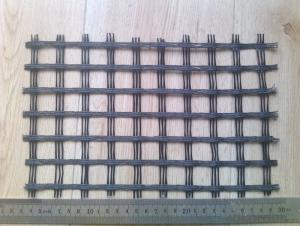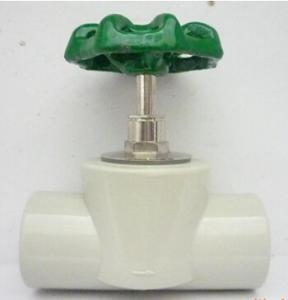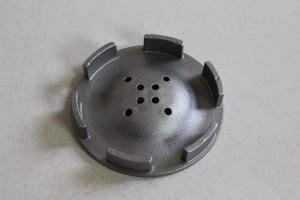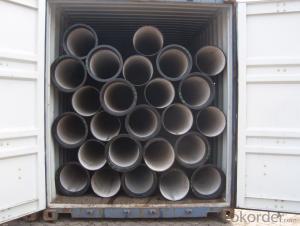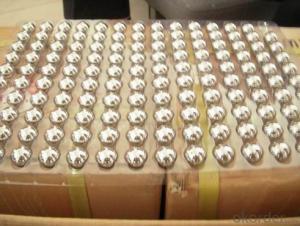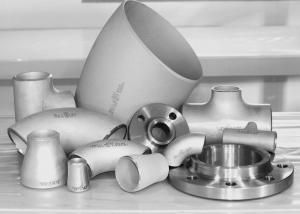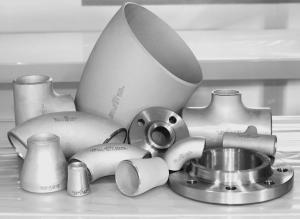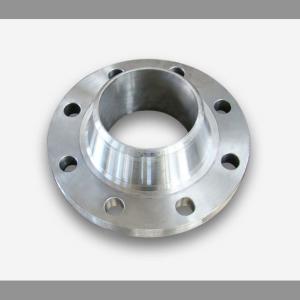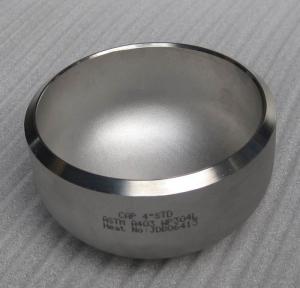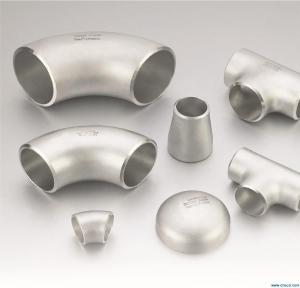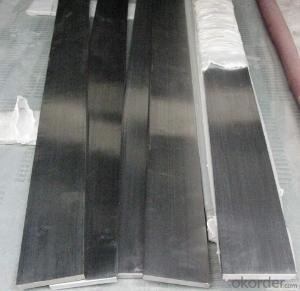Sublimating On Stainless Steel
Sublimating On Stainless Steel Related Searches
Best Paint For Stainless Steel Blanket Insulation For Steel Buildings Primer For Galvanized Steel Foam Filter For Stainless Steel H S Code For Stainless Steel Surface Grinding Wheels For Stainless Steel Surface Grinding Wheels For Hardened Steel Hole Saw For Stainless Steel Paint For Stainless Steel Stainless Steel For BbqHot Searches
Steel Mesh Panels For Sale Price For Stainless Steel Scrap Scrap Price For Stainless Steel Price For Stainless Steel Stainless Steel Tank For Sale Stainless Steel Sheets For Sale Cheap High Tea Sets For Sale Stainless Steel Tanks For Sale Stainless Steel For Sale High Density Fiberboard For Sale Solar Hot Water Collectors For Sale Scaffolding For Sale In Uae Scaffolding For Sale In Ireland Scaffolding For Sale In Houston Type Of Inverter For Solar Price Of Shipping Containers For Sale Types Of Inverter For Solar Stock Price For Aluminum Used Solar Inverter For Sale Steel Mesh Panels For SaleSublimating On Stainless Steel Supplier & Manufacturer from China
Okorder.com is a professional Sublimating On Stainless Steel supplier & manufacturer, offers integrated one-stop services including real-time quoting and online cargo tracking. We are funded by CNBM Group, a Fortune 500 enterprise and the largest Sublimating On Stainless Steel firm in China.Hot Products
FAQ
- Yes, stainless steel flats can be used in the pharmaceutical processing industry. Stainless steel is a preferred material in this industry due to its excellent corrosion resistance, durability, and hygienic properties. Stainless steel flats are commonly used for various applications in pharmaceutical processing, including equipment fabrication, storage tanks, piping systems, and pharmaceutical packaging. The smooth surface of stainless steel flats prevents bacterial growth and makes them easy to clean and sanitize, ensuring the highest standards of cleanliness and safety in pharmaceutical processing environments. Additionally, stainless steel flats are highly resistant to chemicals and can withstand the harsh conditions often encountered in pharmaceutical processing, such as exposure to acidic or alkaline substances, high temperatures, and frequent cleaning and sterilization processes. Overall, stainless steel flats are a reliable and ideal choice for the pharmaceutical processing industry.
- Yes, stainless steel flats can be used in architectural applications. Stainless steel is highly durable, corrosion-resistant, and aesthetically pleasing, making it a popular choice for architectural projects such as building facades, roofs, handrails, and decorative elements. Its versatility, strength, and low maintenance requirements make it suitable for a wide range of architectural designs and environments.
- The average price of stainless steel flats can vary depending on various factors such as the grade and thickness of the steel, market demand, and location. However, as of [current year], the average price range for stainless steel flats is approximately $3 to $10 per pound. It is important to note that this is a general estimate and prices may fluctuate based on market conditions and individual suppliers. It is recommended to consult with local suppliers or check online platforms for the most up-to-date pricing information.
- Yes, stainless steel flats are heat-resistant. Stainless steel is renowned for its ability to withstand high temperatures without losing its shape or structural integrity. This is due to the presence of chromium, which forms a protective oxide layer on the surface of the steel, preventing oxidation and corrosion. Stainless steel flats can typically withstand temperatures up to 1500 degrees Fahrenheit (815 degrees Celsius) without significant deformation or damage. This makes them suitable for a wide range of applications that involve exposure to heat, such as in industrial furnaces, automotive exhaust systems, and kitchen appliances. However, it is important to note that the exact heat resistance of stainless steel flats may vary depending on the specific grade and composition of the steel.
- Yes, stainless steel flats are suitable for food-grade applications. Stainless steel is widely used in the food industry due to its excellent corrosion resistance, durability, and hygiene properties. It does not react with acidic or alkaline foods, ensuring that the taste and quality of the food are not compromised. Stainless steel flats are easy to clean and maintain, which is crucial in food-grade applications where cleanliness and sanitation are paramount. Additionally, stainless steel is non-toxic and does not leach any harmful substances into the food, making it a safe choice for food processing and storage.
- The thermal conductivity properties of stainless steel flats are generally high. Stainless steel is known for its good thermal conductivity compared to other metals, allowing it to efficiently transfer heat. However, the exact thermal conductivity value may vary depending on the specific grade and composition of stainless steel being used.
- Cleaning stainless steel flats is a relatively simple process. Here are the steps you can follow to effectively clean your stainless steel flats: 1. Start by removing any loose dirt or debris from the surface of the stainless steel flats. You can use a soft brush, microfiber cloth, or a vacuum cleaner with a brush attachment to do this. 2. Next, prepare a cleaning solution. You can use warm water mixed with a mild dish soap or a stainless steel cleaner specifically designed for this purpose. Avoid using abrasive cleaners or scouring pads as they can scratch the surface of the stainless steel. 3. Dip a soft cloth or sponge into the cleaning solution and gently wipe the surface of the stainless steel flats. Make sure to go with the grain of the steel to avoid leaving any streaks or scratches. If there are any stubborn stains or grime, you can apply a bit more pressure, but still be cautious not to damage the surface. 4. Rinse the flats thoroughly with clean water to remove any soap residue. This step is important to prevent any film or streaks from forming on the stainless steel. 5. After rinsing, use a clean, dry microfiber cloth or a soft towel to wipe the flats dry. This will prevent water spots or minerals from causing discoloration or streaks. 6. For added shine, you can use a stainless steel polish or a few drops of mineral oil on a clean cloth. Gently rub the polish onto the surface in circular motions. This step is optional but can help restore the stainless steel's luster. Remember to always read and follow the instructions provided by the manufacturer of your stainless steel flats. Regular maintenance and cleaning will help keep your stainless steel flats looking their best and prolong their lifespan.
- Indeed, bridges and overpasses can utilize stainless steel flats in their construction. Stainless steel, being a remarkably robust and corrosion-resistant substance, proves to be an optimal selection for infrastructure endeavors that must endure severe environmental circumstances, like bridges and overpasses. Stainless steel flats offer an outstanding ratio of strength to weight, enabling the creation of lighter structures that can still bear substantial burdens. Furthermore, stainless steel's pleasing visual appeal and minimal upkeep demands render it a favored option for architectural purposes in bridge and overpass construction. All in all, stainless steel flats furnish a dependable and enduring resolution for such forms of infrastructure projects.
















